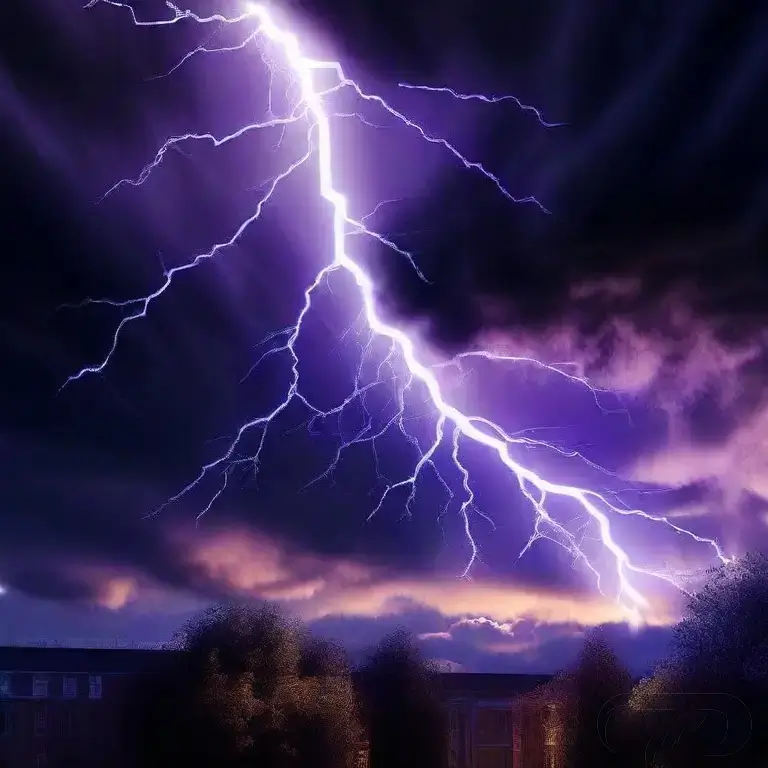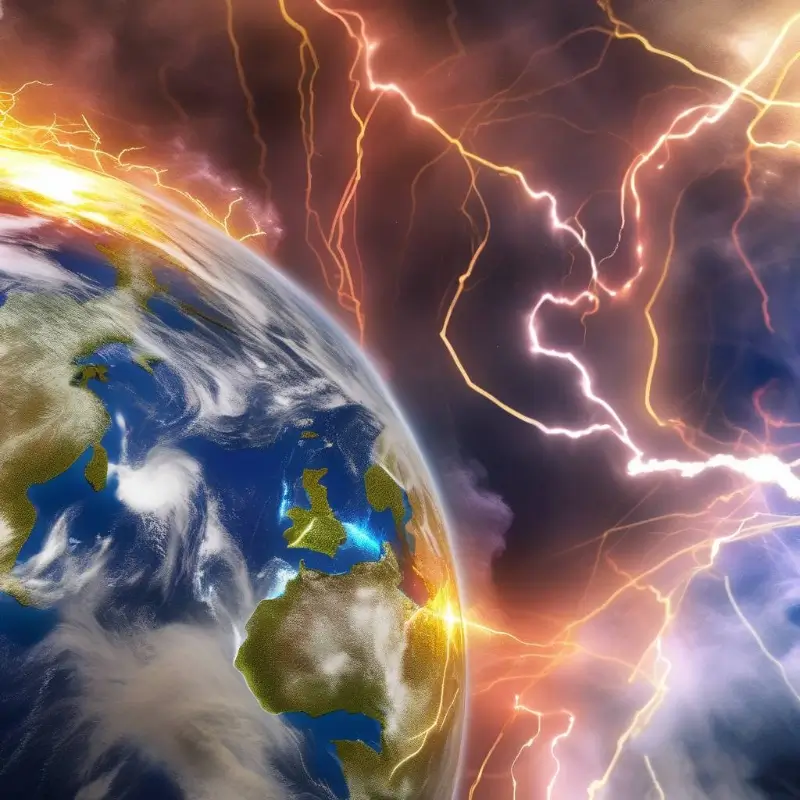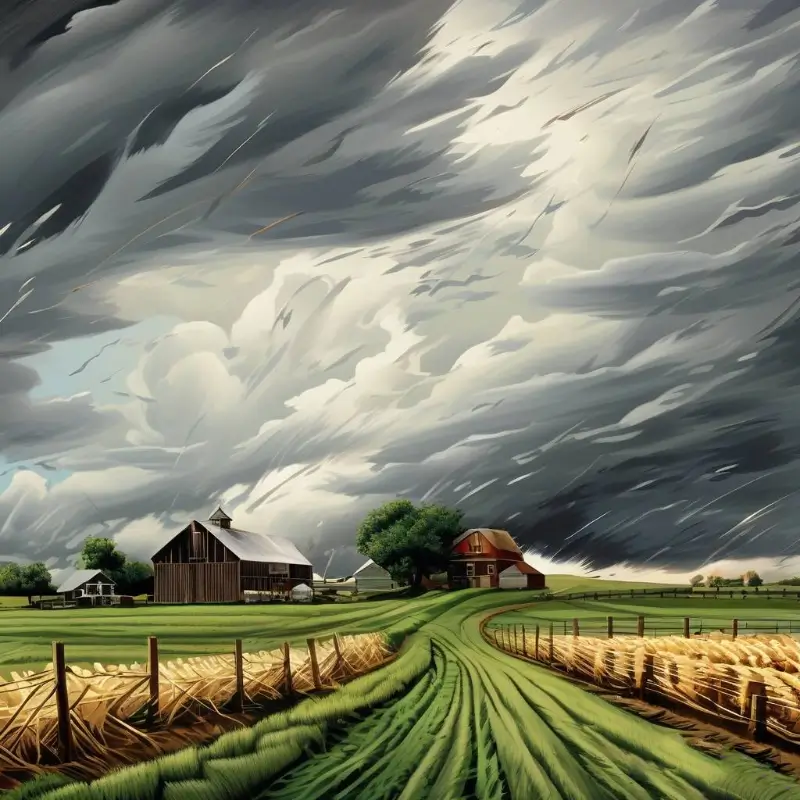why does it thunder?
Thunder is a result of the rapidly expanding shock waves produced by the intense heat and pressure generated when there is a rapid release of energy in the atmosphere, typically associated with lightning. Here’s a more detailed explanation of how thunder is created:
- Electrical Charges: Thunderstorms are characterized by strong vertical wind currents and electrical charges. The exact reasons for the development of these charges are not fully understood, but it is believed that the rubbing of ice particles together in the clouds (ice collision theory) or the separation of charges due to differences in the movement of air within the storm (charge separation theory) play a role.
- Charge Separation: As the storm cloud grows, the heavier raindrops begin to fall, while the lighter ice particles remain suspended. This separation of charges can create a negatively charged region at the bottom of the cloud (where the rain is) and a positively charged region at the top (where the ice is).
- Lightning: The strong electric fields created by the charge separation can cause a discharge of electricity through the air, which we call lightning. This discharge occurs along the path of least resistance, which is often a channel of ionized air (a conductive path created by the electric field).
- Heat and Pressure: When lightning occurs, it heats the air to temperatures of up to 30,000 degrees Celsius (54,320 degrees Fahrenheit), which is hotter than the surface of the Sun. This intense heat causes the air to rapidly expand and create a pressure wave, similar to a sonic boom but on a much larger scale.
- Sound Wave Generation: The rapid expansion and contraction of the air create a series of compressions and rarefactions, which are sound waves that travel outward from the site of the lightning strike. These waves are what we hear as thunder.
- Thunderclap: When the sound waves reach the ground, they can reflect off objects such as buildings, hills, or mountains and create echoes, which can result in a booming or rolling sound. The sound of thunder can travel for distances of up to 25 miles (40 kilometers) from the point of the lightning strike.
Thunder is often heard in association with lightning, which is a dangerous phenomenon. Lightning can cause fires, injury, and death, and it is important to seek shelter when you hear thunder or see lightning.



